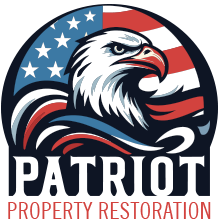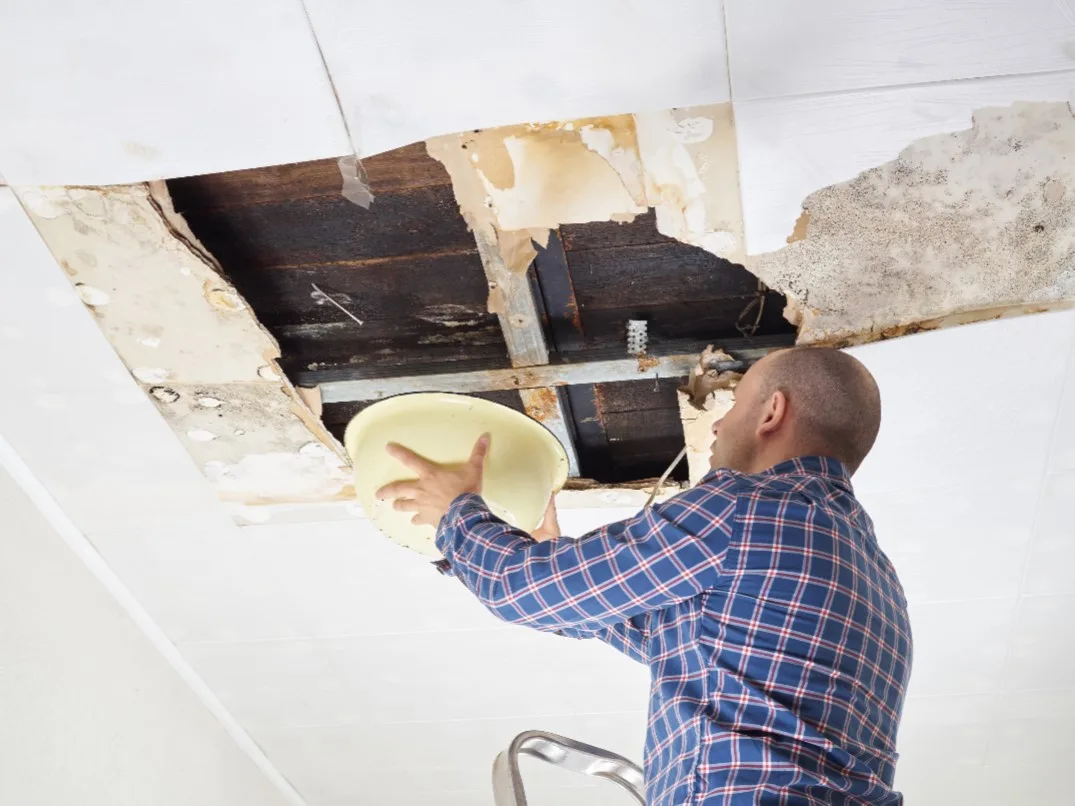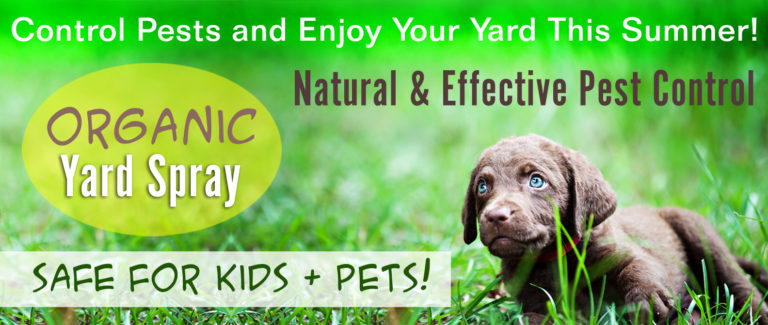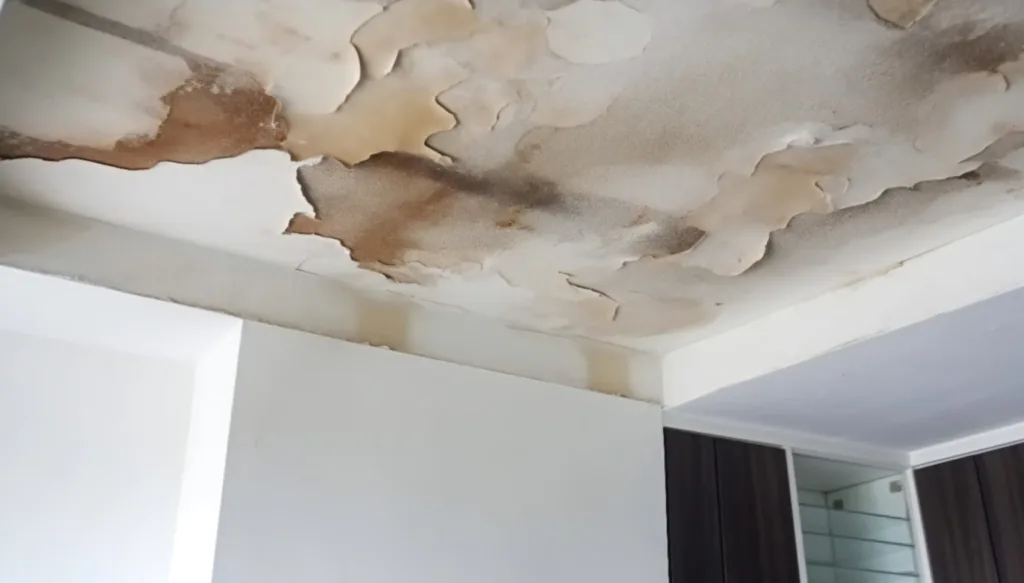
At Patriot Property Restoration we understand the destructive power of mold spores once they infiltrate your New Jersey property. Mold growth can cause substantial structural damage to your building materials, not only discoloring surfaces but actively deteriorating them. The structural damage caused by mold begins when mold infests walls and escalates as the building is impacted by prolonged mold exposure.
In our experience, understanding the severity of a mold problem is critical for New Jersey property owners. Whether it’s in your attic, crawl space, or living areas, mold removal is a crucial step in maintaining the integrity and safety of your environment.
Drawing on our extensive experience with inspections, testing, and mold removal in NJ, we will provide practical information on how to effectively remove mold, prevent further decay, and implement moisture solutions.
Understanding Mold
Mold is a type of fungus that consists of small organisms found almost everywhere. They can be black, white, orange, green, or purple. Outdoors, molds play an essential role in nature, breaking down dead leaves, plants, and trees. However, indoors, mold growth should be avoided as it can lead to serious structural damage and affect indoor air quality.
Conditions That Foster Mold Growth
Mold development indoors can lead to poor indoor air quality and can cause health issues, especially for individuals with compromised immune systems. The key ingredient for mold growth is moisture. Mold can start growing indoors when mold spores land on surfaces that are wet or even just damp.
Common sources of indoor moisture that can lead to mold include flooding, leaky roofs, sprinkler spray hitting the house, backed-up sewers, humidifiers, mud or ice dams, damp basement or crawl spaces, constant plumbing leaks, house plants, steam from cooking, shower/bath steam and leaks, wet clothes drying indoors, or improper venting of clothes dryers.
Indoor mold growth can be prevented by controlling moisture. If mold is present, the CDC recommends a mold remediation process, which includes cleaning up the mold and eliminating the moisture source.
The Impact of Mold on Different Parts of a Property
Mold can be a silent intruder, often going unnoticed until it has caused significant damage. It’s crucial to understand the potential impact of mold on various parts of your property, particularly in attics, crawl spaces, and living areas.
Damage to Attics
Attics often provide the perfect conditions for mold growth due to their tendency to be warm, humid, and poorly ventilated. When mold is present in an attic, it can lead to serious structural damage. Insulation, wood, and ceiling tiles can become breeding grounds for mold spores once moisture is introduced, whether from a leaky roof, improper ventilation, or condensation.
Over time, the mold begins to break down these materials, leading to a weakened structure. Moreover, as warm air rises, the mold spores can easily travel from the attic into your living spaces, impacting indoor air quality and potentially causing health issues.
Damage to Crawl Spaces
Crawl spaces are another common area for mold infestation. These small, enclosed areas under your home can trap humidity, leading to damp conditions that promote mold growth. Household mold in a crawl space can lead to serious structural damage if left untreated, as the mold can slowly eat away at wooden beams and floor joists. In addition, the mold spores can enter your home through cracks and openings, contributing to poor indoor air quality.
Damage to Living Areas
Living areas are not immune to the effects of mold either. Bathrooms, kitchens, basements, and laundry rooms — any area with high humidity levels and poor ventilation — can harbor mold. When mold grows on walls, floors, or ceilings, it can gradually degrade the integrity of these structures.
The presence of mold in living areas can negatively affect indoor air quality, posing potential health risks, especially for individuals with allergies or respiratory conditions.
Mold Damage to Drop Ceiling Tiles and Ceiling Sheetrock
Mold growth in drop ceilings and ceiling sheetrock can lead to severe structural damage, impacting both the integrity of the ceiling and the overall structure of your property. Once mold infiltrates drop ceilings and sheetrock, it actively deteriorates these materials, causing discoloration, warping, and weakening the structural integrity of the affected areas.
In drop ceilings, the porous nature of the tiles provides an ideal environment for mold growth when exposed to moisture. As mold colonies thrive within these tiles, they compromise the material’s integrity, making it brittle, discolored, and potentially causing the tiles to sag or even collapse in severe cases. Moreover, as mold spores continue to spread, they can easily move beyond the drop ceiling, affecting the air quality in the entire space.
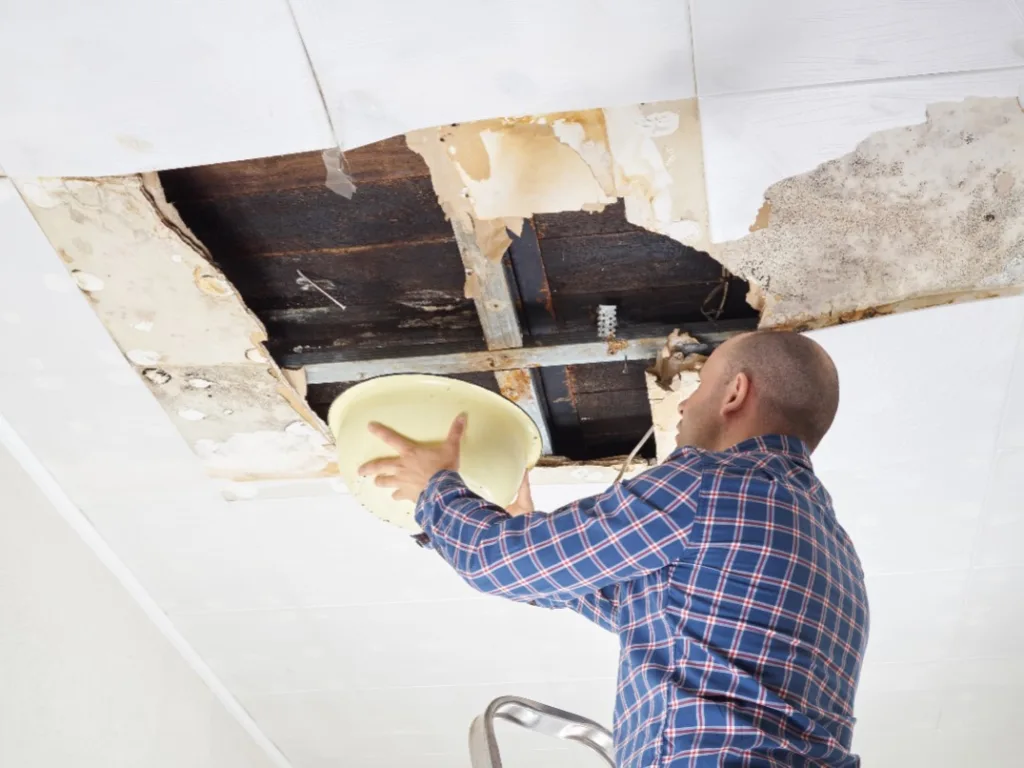
Ceiling sheetrock, commonly used in many residential and commercial properties, is also susceptible to mold damage. Mold infestations on sheetrock can cause visible staining, discoloration, and deterioration of the material. As mold penetrates the surface, it weakens the sheetrock, compromising its structural integrity. Over time, this could lead to sagging or even the complete collapse of sections of the ceiling, posing a significant safety hazard.
The consequences of mold damage to drop ceilings and ceiling sheetrock extend beyond the visible aesthetic changes. Structural weaknesses caused by mold infestations can compromise the overall stability of your property.
How Patriot Property Restoration Addresses Mold Damage
When it comes to addressing mold damage, a comprehensive approach is essential. At Patriot Property Restoration, we understand the serious implications of mold growth and offer a thorough process to ensure your property is safe, healthy, and structurally sound.
Inspections and Testing
Our process begins with a detailed New Jersey mold inspection of your property. Our trained professionals know exactly where to look for signs of mold and use advanced testing equipment to identify any mold present. Some inspection companies will insist on air testing, but this is rarely conclusive as mold spores are found everywhere in every air sample. They are constantly present in our environment, both inside and outside.
Surface testing for mold is much more helpful as this will conclusively tell us if you have mold growth and a mold problem that may be infesting your home or business. This will also help determine the type and extent of mold infestation. We’ll also identify the source of moisture causing the mold growth to prevent future issues.
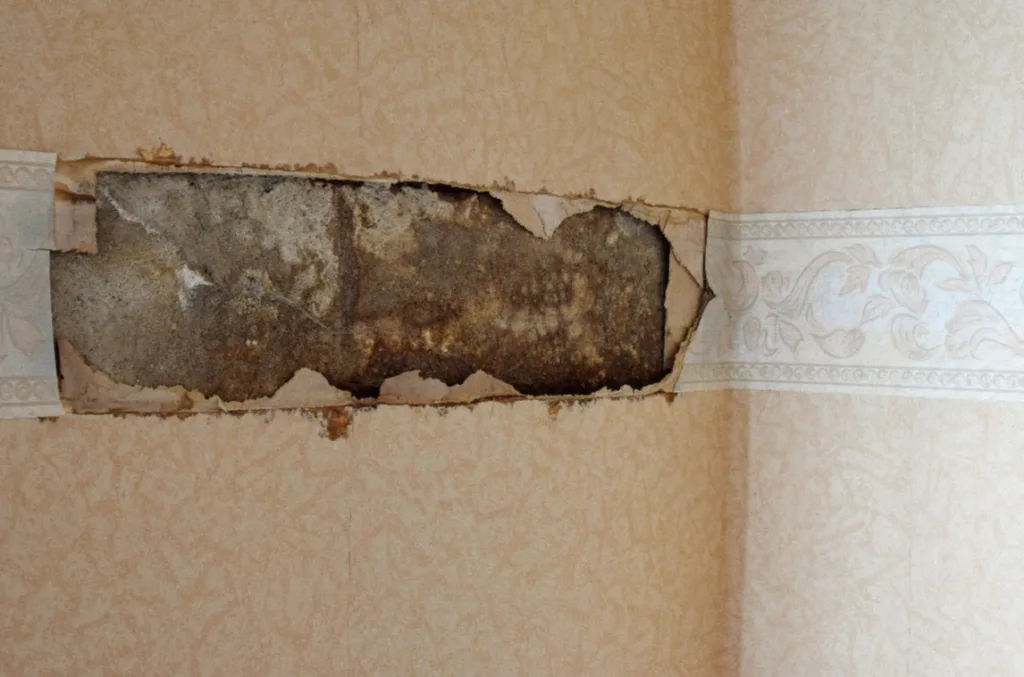
Mold Removal
Once we’ve assessed the situation, our team will begin the New Jersey mold removal process. We adhere to industry standards for mold remediation, ensuring each step is performed correctly and safely. This involves containing the area to prevent the spread of mold spores during the removal process, using HEPA-filtered vacuums and antimicrobial treatments to thoroughly remove the mold, and properly disposing of any mold-infested materials.
Wood Repair
Mold can cause severe damage to wooden structures in your property, leading to compromised structural integrity. At Patriot Property Restoration, we don’t stop at just removing the mold; we also repair or replace the damaged wood. We work with clients to restore the integrity of your structure, ensuring it’s as strong and safe as it was before the mold damage occurred.
Safeguarding Against Mold Damage and Ensuring Structural Integrity
Mold poses a significant threat to both the structural integrity of your New Jersey property and the health of its inhabitants. It’s a silent intruder that thrives in damp, poorly ventilated areas like attics, crawl spaces, and high-humidity living areas. The key to preventing mold damage lies in moisture control and regular property inspections.
At Patriot Property Restoration, our comprehensive approach to mold remediation — from inspection and testing to safe mold removal and wood repair — ensures your property remains safe, healthy, and structurally sound. Let us help you maintain your property’s integrity and quality of life within.
